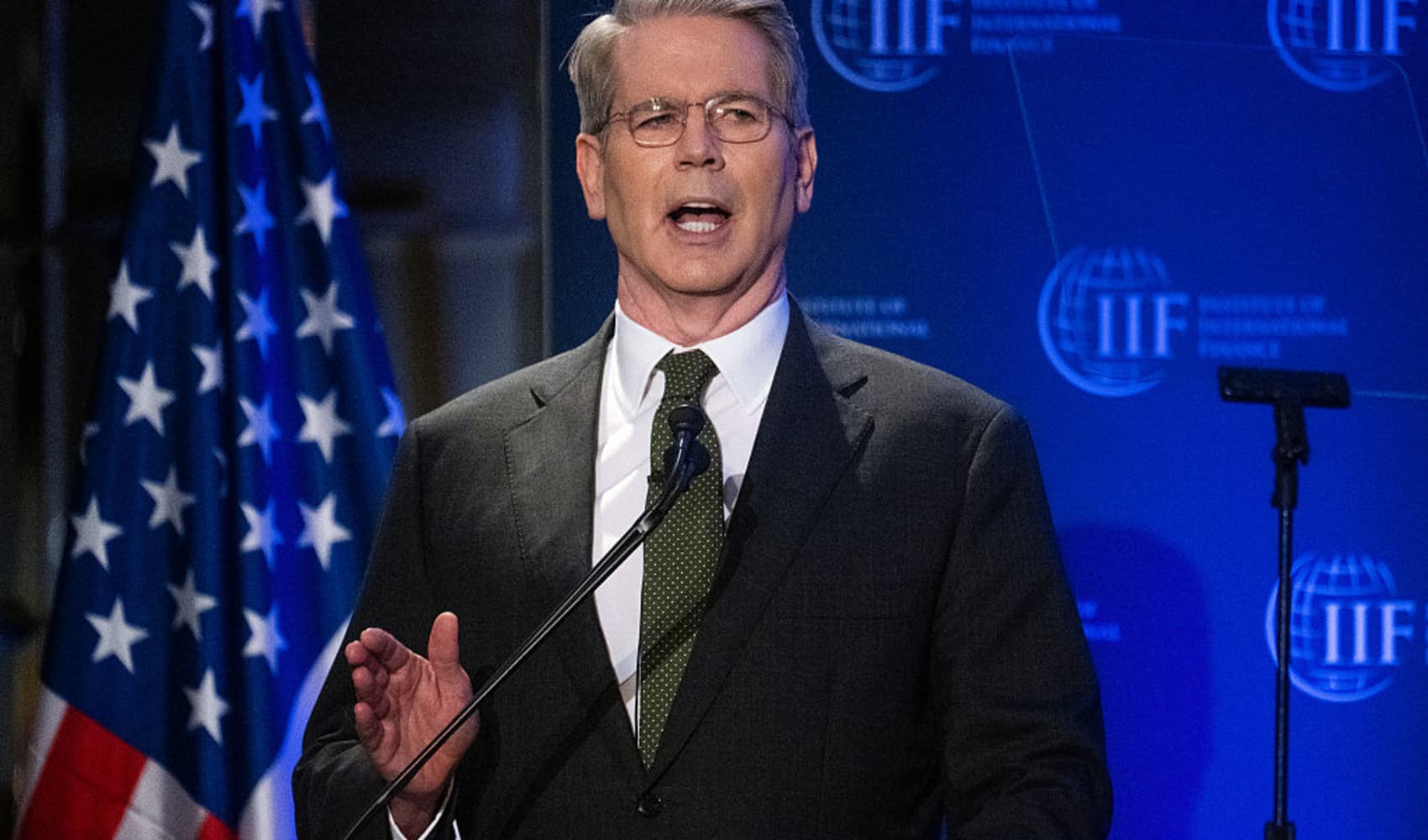Fruitist: Inside the $1 Billion Berry Startup Empire
Berry Big Business: Inside Fruitist, the $1 Billion Berry Startup
Introduction: The Rise of the Jumbo Berry Empire
Have you ever bitten into a blueberry and thought, "Wow, this is...bigger than usual?" Well, you might have stumbled upon a Fruitist berry. This company, formerly known as Agrovision, is shaking up the fruit industry with its impressive berries and innovative approach. Backed by Ray Dalio's family office and boasting over $400 million in annual sales, Fruitist is not just another berry farm; it's a berry empire. This article delves into the inner workings of this fascinating startup, exploring its strategies, technologies, and the secrets behind its success.
From Agrovision to Fruitist: A Brand Evolution
The Power of Branding
Why the name change? It's all about branding. Agrovision, while descriptive, lacked the consumer-friendly appeal that Fruitist offers. Fruitist is a name that is easy to remember, fun to say, and instantly conveys what the company is all about: delicious, high-quality fruit. It’s a strategic move to connect more directly with consumers and solidify its position in the market.
More Than Just a Name
The rebrand signifies more than just a cosmetic change. It represents a shift towards a consumer-centric focus. While Agrovision highlighted the agricultural aspect, Fruitist emphasizes the end product and the experience of eating their berries. It’s a move that suggests a deeper understanding of market trends and consumer preferences.
The Secret Sauce: Vertically Integrated Supply Chain
Seed to Shelf Control
One of the key factors behind Fruitist's success is its vertically integrated supply chain. What does that even mean? It means they control every step of the process, from planting the seeds to delivering the berries to your local grocery store. This allows them to maintain consistent quality, optimize efficiency, and ensure the freshest possible product. It's like owning the entire cookbook, not just a few recipes.
Reducing Waste, Maximizing Freshness
By controlling the entire supply chain, Fruitist can minimize transportation time, reduce waste, and optimize storage conditions. This translates to berries that last longer on the shelves and taste better when you finally get to enjoy them. Think of it as a direct pipeline from the farm to your fridge.
Machine Learning: The Tech Behind the Taste
Data-Driven Decisions
Fruitist isn't just about farming; it's about leveraging technology. They use machine learning algorithms to analyze data on everything from soil conditions to weather patterns to predict optimal harvesting times and storage conditions. This data-driven approach allows them to maximize yields and minimize waste.
The Future of Farming is Now
Imagine a farm where computers analyze every plant and predict its yield. That's the reality at Fruitist. By using machine learning, they're not just growing berries; they're cultivating a future where technology and agriculture work hand-in-hand to produce the best possible results.
The Jumbo Blueberry Phenomenon: Why Are They So Popular?
Size Matters (Apparently)
Let's face it: we're all a little bit impressed by large fruits and vegetables. Fruitist's jumbo blueberries are not just bigger; they're juicier, sweeter, and more satisfying to eat. The company reports that sales of its jumbo blueberries have tripled in the last 12 months, demonstrating their undeniable appeal.
Beyond the Size: Quality and Consistency
While size is a novelty, it's the quality and consistency of Fruitist's blueberries that keep customers coming back for more. They've managed to produce a jumbo blueberry that is not just large but also consistently delicious, creating a loyal customer base.
Ray Dalio's Backing: A Seal of Approval
Smart Money Speaks Volumes
When a prominent investor like Ray Dalio's family office invests in a company, it's a strong signal that the company is doing something right. Dalio's backing provides Fruitist with not only capital but also credibility and validation.
More Than Just Money: Expertise and Networks
Beyond the financial investment, Dalio's backing brings access to a vast network of expertise and resources. This can help Fruitist scale its operations, expand into new markets, and navigate the challenges of rapid growth.
Beyond Blueberries: Raspberries, Blackberries, and More
Diversifying the Portfolio
While blueberries are currently the star of the show, Fruitist also produces raspberries, blackberries, and other berries. This diversification helps to mitigate risk and allows the company to cater to a wider range of consumer preferences.
Building a Berry Brand
By offering a variety of high-quality berries, Fruitist is building a strong brand reputation that extends beyond just blueberries. This allows them to leverage their existing infrastructure and expertise to expand into new product categories and markets.
The $600 Million Investment: Fueling Future Growth
Ready to Scale
With over $600 million in venture capital raised, Fruitist is well-positioned to expand its operations, invest in research and development, and further optimize its supply chain. This substantial investment signals a strong belief in the company's future potential.
Global Expansion on the Horizon
The funding will likely be used to expand into new geographical markets, increase production capacity, and further develop its technology. Fruitist may soon be bringing its jumbo berries to a grocery store near you, no matter where you are in the world.
Sustainability: Growing Berries Responsibly
Environmentally Conscious Farming
In today's world, consumers are increasingly concerned about the environmental impact of their food. Fruitist recognizes this and is committed to sustainable farming practices. They are likely implementing strategies to minimize their carbon footprint, conserve water, and protect biodiversity.
The Future of Agriculture is Green
Sustainability is not just a buzzword; it's a necessity for the long-term viability of the agricultural industry. By investing in sustainable practices, Fruitist is not only protecting the environment but also building a stronger, more resilient business.
Competition: Navigating the Berry Landscape
A Crowded Market
The berry market is highly competitive, with numerous players vying for market share. Fruitist faces competition from both established agricultural companies and smaller, niche producers. To succeed, they must continue to innovate, differentiate their products, and build a strong brand.
Standing Out from the Crowd
Fruitist's focus on jumbo berries, its vertically integrated supply chain, and its use of machine learning give it a competitive edge. However, they must continue to adapt and evolve to stay ahead of the curve.
Consumer Trends: Riding the Wave of Healthy Eating
Berry Good for You
Berries are widely recognized as a healthy and nutritious food. This trend towards healthier eating habits is driving demand for berries and other fresh produce. Fruitist is well-positioned to capitalize on this trend with its high-quality, long-lasting berries.
Convenience is Key
Consumers are increasingly looking for convenient and easy-to-eat snacks. Berries fit the bill perfectly, making them a popular choice for busy individuals and families. Fruitist’s long-lasting berries add even more convenience, reducing food waste and ensuring freshness.
Challenges: Navigating the Road Ahead
Weather Woes
Agriculture is inherently vulnerable to weather-related risks. Unpredictable weather patterns, such as droughts, floods, and frosts, can significantly impact berry yields. Fruitist must have robust risk management strategies in place to mitigate these challenges.
Pest and Disease Management
Pests and diseases can also pose a significant threat to berry crops. Fruitist must invest in effective pest and disease management strategies to protect its crops and maintain its high-quality standards.
Future Outlook: The Path to Continued Success
Berry Bright Future
With its innovative approach, strong backing, and growing market share, Fruitist is well-positioned for continued success. The company's focus on quality, sustainability, and technology will likely drive future growth and expansion.
The Next Chapter
Keep an eye on Fruitist. They are not just growing berries; they're cultivating a new era in agriculture, one that combines innovation, sustainability, and a commitment to delivering the best possible product to consumers. Will they become the undisputed king of berries? Only time will tell, but they are definitely off to a great start.
Conclusion: Key Takeaways from the Fruitist Story
Fruitist's journey from Agrovision to a potential billion-dollar berry giant is a testament to the power of innovation, strategic branding, and a commitment to quality. Their vertically integrated supply chain, coupled with the use of machine learning, sets them apart in a competitive market. Backed by Ray Dalio's family office, and riding the wave of healthy eating trends, Fruitist is poised for continued growth. The jumbo blueberry phenomenon highlights the appeal of a superior product, and their diversified berry portfolio ensures long-term sustainability. Keep an eye on this berry startup; they're definitely one to watch.
Frequently Asked Questions
- What makes Fruitist's blueberries different from other blueberries?
Fruitist's blueberries are known for their larger size (jumbo blueberries), superior sweetness, and longer shelf life. This is achieved through a combination of advanced farming techniques, a vertically integrated supply chain, and careful selection of blueberry varieties.
- How does Fruitist use machine learning in its farming operations?
Fruitist uses machine learning to analyze vast amounts of data related to soil conditions, weather patterns, and plant growth. This helps them optimize irrigation, fertilization, and harvesting schedules, leading to higher yields and reduced waste.
- Is Fruitist committed to sustainable farming practices?
Yes, Fruitist is committed to sustainable farming practices. While specific details of their sustainability initiatives are not always publicly available, the company likely focuses on minimizing its environmental impact through water conservation, responsible pest management, and reducing its carbon footprint.
- Where can I buy Fruitist berries?
Fruitist berries are available at many major grocery store chains. Check your local supermarket's produce section for Fruitist-branded blueberries, raspberries, and blackberries. You can also check the Fruitist website for a list of retailers.
- What are Fruitist's plans for future expansion?
With significant venture capital funding, Fruitist is likely planning to expand its operations into new geographical markets, increase its production capacity, and further invest in research and development. The company aims to bring its high-quality berries to more consumers worldwide.


